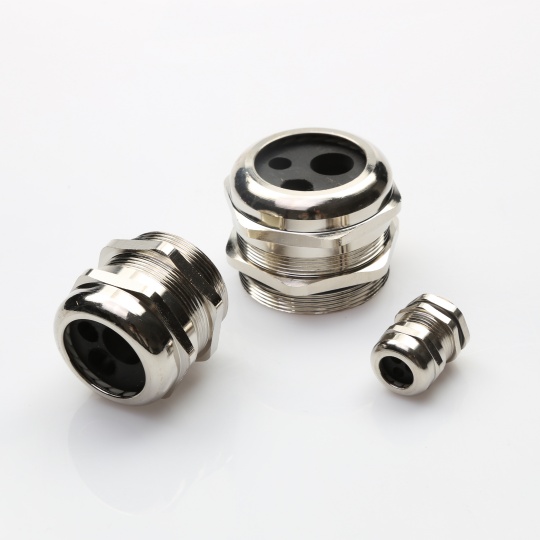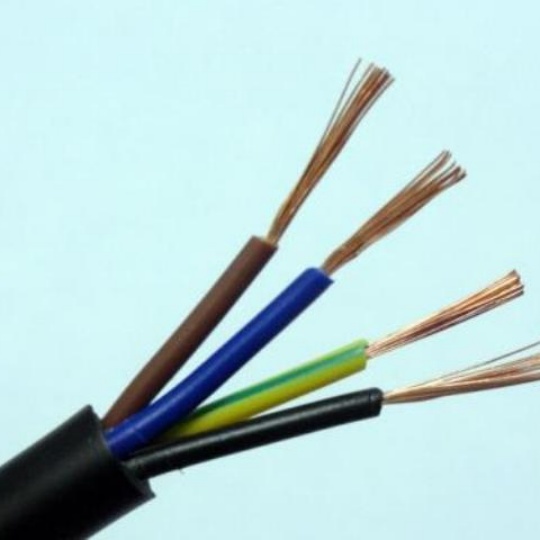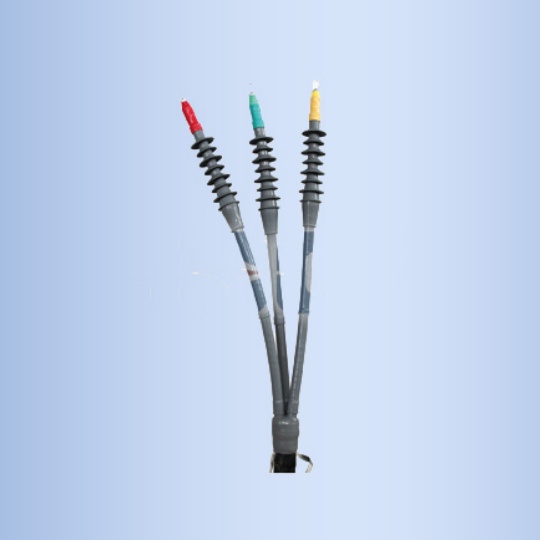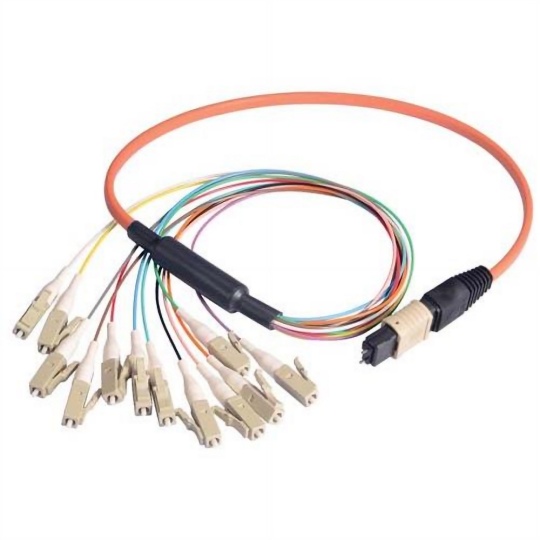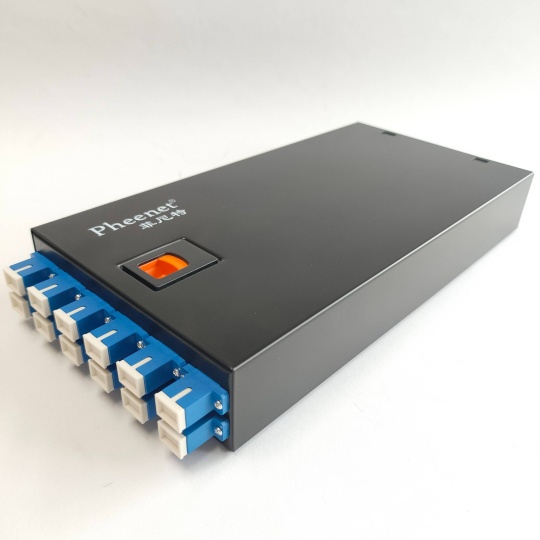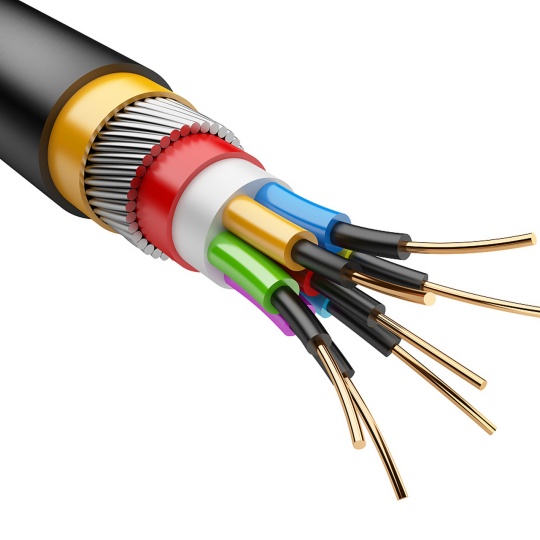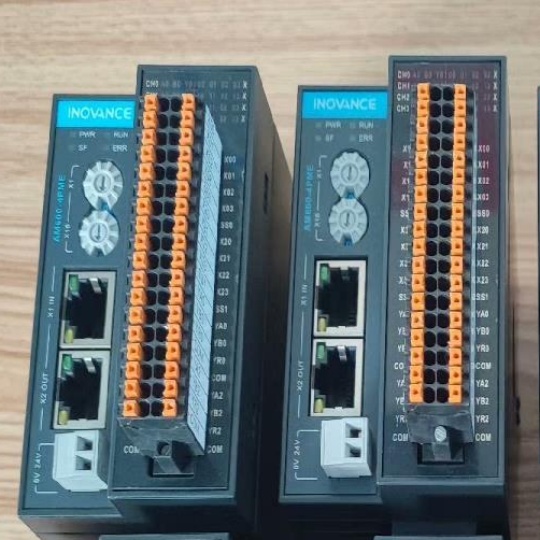What are the Gold Plating Thickness Standards for Military-Grade Conn...
In the realm of military – grade connectors, gold plating is a crucial surface treatment. Gold plating offers excellent electrical conductivity, corrosion resistance, and wear resistance, making it ideal for applications where reliability is of utmost importance. However, determining the appropriate gold plating thickness is a complex task that involves considering multiple factors. This article will delve into the gold plating thickness standards for military – grade connectors, exploring the various classes and their applications, as well as the factors that influence the choice of thickness.
Military Standards for Gold Plating Thickness
MIL – DTL – 45204D
One of the most well – known military specifications for gold plating is MIL – DTL – 45204D. This standard categorizes gold plating into different classes based on minimum thickness requirements:
- Class 00: With a minimum thickness of 0.00002 inches (0.508 μm). This class is typically used in applications where a very thin layer of gold is sufficient to provide a conductive surface. It may be suitable for some low – stress or non – critical electrical connections within military equipment.
- Class 0: The minimum thickness is 0.00003 inches (0.762 μm). Similar to Class 00, it is used in situations where a slightly thicker layer than Class 00 is required, perhaps for better protection against minor environmental factors in relatively benign operating conditions.
- Class 1: Requires a minimum thickness of 0.00005 inches (1.27 μm). This class strikes a balance between conductivity and some level of wear and corrosion resistance. It can be found in connectors that are exposed to normal handling and a moderate operating environment.
- Class 2: Has a minimum thickness of 0.00010 inches (2.54 μm). Connectors in this class are suitable for applications where a moderate amount of wear resistance and excellent electrical conductivity are needed. They may be used in components that are subject to more frequent connection and disconnection.
- Class 3: The minimum thickness is 0.00020 inches (5.08 μm). This class is designed for components where wear resistance is as crucial as conductivity, such as connectors in high – vibration or high – stress environments.
- Class 4: Requires a minimum thickness of 0.00030 inches (7.62 μm). It is recommended for parts that demand significant wear resistance, perhaps in military vehicles or equipment that experiences rough usage.
- Class 5: With the highest standard in this specification, it has a minimum thickness of 0.00050 inches (12.7 μm). This class is used in high – wear applications where maximum durability and longevity are required, such as in aircraft engines or other extreme – environment military hardware.
Other Relevant Standards
In addition to MIL – DTL – 45204D, other standards also play a role in defining gold plating thickness for military – grade connectors. For example, ASTM B488 has technical specifications that mirror the classification in terms of minimum thickness. In this standard, Class 1.0 requires a minimum thickness of 1 micron, Class 1.25 requires 1.25 microns, and so on. These standards ensure that the gold plating on military – grade connectors meets the required quality and performance levels.
Factors Influencing Gold Plating Thickness Selection
Environmental Conditions
Military equipment often operates in harsh environments. In high – humidity, high – temperature, or corrosive environments (such as in naval applications where there is exposure to saltwater), a thicker gold plating is required. For example, in a coastal military base where equipment is constantly exposed to sea spray, connectors with a minimum of 50uin (1.25 μm) or more of gold plating (similar to the higher classes in MIL – DTL – 45204D) are used to prevent corrosion and ensure long – term reliability.
Wear and Tear
Connectors that are frequently mated and unmated, such as those in communication systems that are adjusted or repaired regularly, need a thicker gold plating to withstand the mechanical stress. A thicker layer can reduce the risk of wear – induced failures. For instance, in a field – deployable communication system where the connectors are connected and disconnected hundreds of times, a gold plating thickness of 30 – 50uin (0.75 – 1.25 μm) may be specified to provide good wear resistance.
Electrical Requirements
For applications with high – frequency or high – current signals, the gold plating thickness can impact electrical performance. In high – frequency applications, a thinner layer may be sufficient to maintain low resistance and good signal integrity. However, in high – current applications, a thicker layer may be needed to handle the increased heat and current – carrying capacity. For example, in a power distribution system within a military vehicle, connectors carrying high – current electrical power may require a relatively thick gold plating to ensure efficient power transfer and prevent overheating due to excessive resistance.
The Impact of Gold Plating Thickness on Connector Performance
Corrosion Resistance
As the thickness of the gold plating increases, the corrosion resistance of the connector improves. When the gold plating is very thin, such as in a “flash” gold deposit (less than 10uin or 0.25 μm), the gold is porous. These pores can allow corrosive substances to reach the base material, leading to oxidation and corrosion of the substrate. However, as the thickness increases, the pores in the gold deposit become reduced in size and quantity. Eventually, a fully pore – free layer can be formed, providing exceptional barrier corrosion protection. For military – grade connectors operating in harsh environments, this is crucial for maintaining the integrity of the electrical connection over time.
Wear Resistance
Wear resistance also improves with an increase in gold plating thickness. In applications where connectors are subject to repeated mating and unmating or sliding contact, a thicker gold layer can better withstand the mechanical forces. For example, in a weapon – mounted targeting system where the connectors experience constant movement during operation, a thick gold plating (greater than 50uin or 1.25 μm) can ensure that the connector maintains its electrical conductivity and mechanical integrity over a long service life.
Solderability
While gold plating generally enhances solderability, extremely thick gold plating can pose problems. In some cases, thick gold plating can become embrittled after soldering, reducing the reliability of the joint. Therefore, when considering solderability, it is important to balance the gold plating thickness with the requirements of the soldering process. For military – grade connectors that require soldering, the thickness is often specified within a range that ensures good solderability without sacrificing the mechanical and electrical properties of the joint.
Conclusion
The gold plating thickness standards for military – grade connectors are well – defined by specifications such as MIL – DTL – 45204D and ASTM B488. These standards ensure that connectors used in military applications can withstand the harsh conditions, frequent wear, and high – performance electrical requirements. The selection of the appropriate gold plating thickness depends on a variety of factors, including the environmental conditions, wear and tear, and electrical requirements of the application. By carefully considering these factors and adhering to the relevant standards, manufacturers can produce military – grade connectors that offer reliable performance in even the most challenging military operations.


